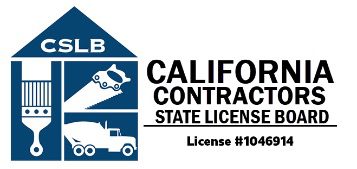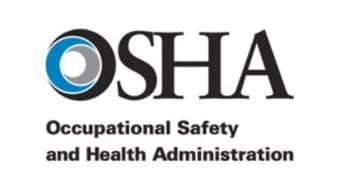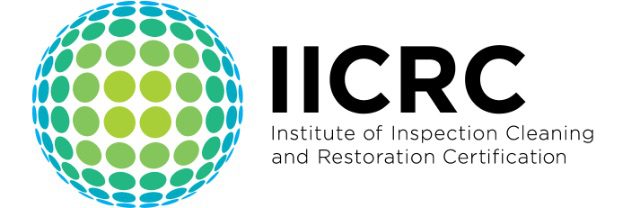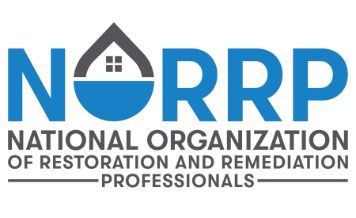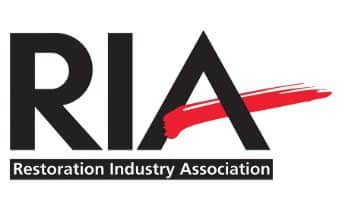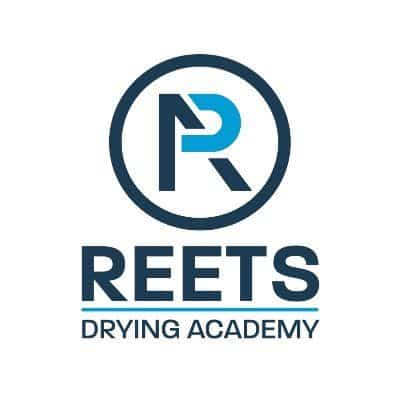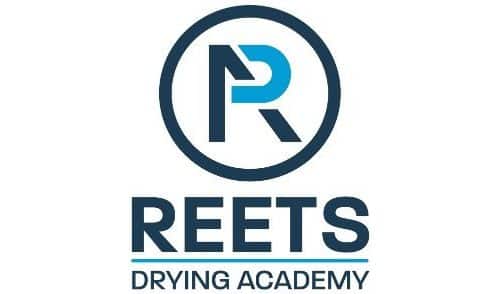The Dos and Don’t of Emergency Flood Restoration
The Dos and Don’t of Emergency Flood Restoration
Experiencing a flood can be a devastating and overwhelming event for both residential and commercial property owners. In the aftermath, it's crucial to approach the restoration process with a clear and strategic mindset. To help you navigate these challenging times, we've compiled a list of essential do's and don'ts for emergency flood restoration.
The "Dos" of Emergency Flood Restoration
1. Prioritize safety
Safety should always be the top priority in a disaster like a flood. Before attempting restoration activities, ensure the environment is safe for you and any inhabitants of your residence or business. Turn off electricity, gas, and water supplies to prevent accidents.
2. Document the damage
If safe, take thorough documentation of the damage for insurance purposes. Photograph and video the affected areas before any restoration work begins. This documentation will be invaluable when filing insurance claims.
3. Contact professionals ASAP
Contact certified and experienced flood restoration professionals immediately to mitigate further harm to your property and belongings. These flood restoration experts have the knowledge and equipment to assess the extent of the damage and create a comprehensive restoration plan to get your property back in working order.
4. Communicate with your insurance company
Notify your insurance company as soon as possible. Please provide them with the necessary documentation and information to process your claim efficiently.
5. Update your emergency kit
Before flooding occurs, it's crucial to update your emergency kit. Include essentials such as clean water, non-perishable food, first aid supplies, and important documents. Flooding can cause potential disruptions to normal living conditions, so it's crucial to have a plan in place for your home or business.
The "Don'ts" of Emergency Flood Restoration
1. Delay the restoration process
Time is of the essence in flood restoration. The longer water sits, the more extensive and costly damage it can cause. It's essential to act swiftly to address the flood's aftermath and promptly initiate the restoration process.
2. Attempt DIY restoration
Flood restoration is a complex process that requires expertise and specialized equipment. Attempting to handle it yourself may result in inadequate restoration and further damage. It's always best to leave it to the professionals.
3. Overlook hidden damage
Not all damage is immediately visible. Contact a professional to thoroughly inspect hidden areas for potential signs of mold and other water damage, such as wall cavities and under flooring. Undetected water damage can lead to long-term issues if not addressed promptly.
4. Ignore health precautions
Floodwater often carries contaminants that pose health risks. Avoid direct contact with floodwater, and use appropriate protective gear, including gloves, masks, and boots, if needed to handle affected materials.
How Do Restoration Experts Handle Emergency Flooding?
When dealing with the aftermath of a flood, one of the most important "dos" is taking a proactive and strategic approach. Seeking professional assistance from a reputable flood restoration company is highly recommended, as it gives you the best chance of restoring your property to its pre-loss condition. Let's take a closer look at the steps you can expect from the experts.
1. Assess the damage
Emergency flood professionals will inspect your property to assess the damage and take the appropriate course of action depending on the extent of the damage.
2. Remove standing water
The cleanup and restoration team will work to extract any water as soon as possible using pumps, wet/dry vacuums, and other tools. This step is crucial in preventing mold growth and structural damage.
3. Ventilate and dehumidify
Proper ventilation and dehumidification are essential for drying out the affected areas. Flood restoration experts will use fans and dehumidifiers to promote air circulation and prevent the growth of mold and mildew.
4. Dispose of contaminated items
Any items that have come into contact with contaminated water will be discarded promptly (and correctly!). Contaminated items may include carpets, insulation, and porous materials that may harbor harmful bacteria.
Contact the Experts at Dry Kings Restoration Today!
By following these dos and don'ts of emergency flood restoration, you can minimize damage, ensure the safety of yourself and others, and expedite the recovery process. Remember, seeking professional assistance is vital to a successful restoration, allowing you to rebuild and regain normalcy after this challenging experience. For more information, contact Dry Kings Restoration today!
Contact
More News
Newsletter
Sign up and receive valuable tips to help you protect your residential building or commercial property from damages.
Awards
